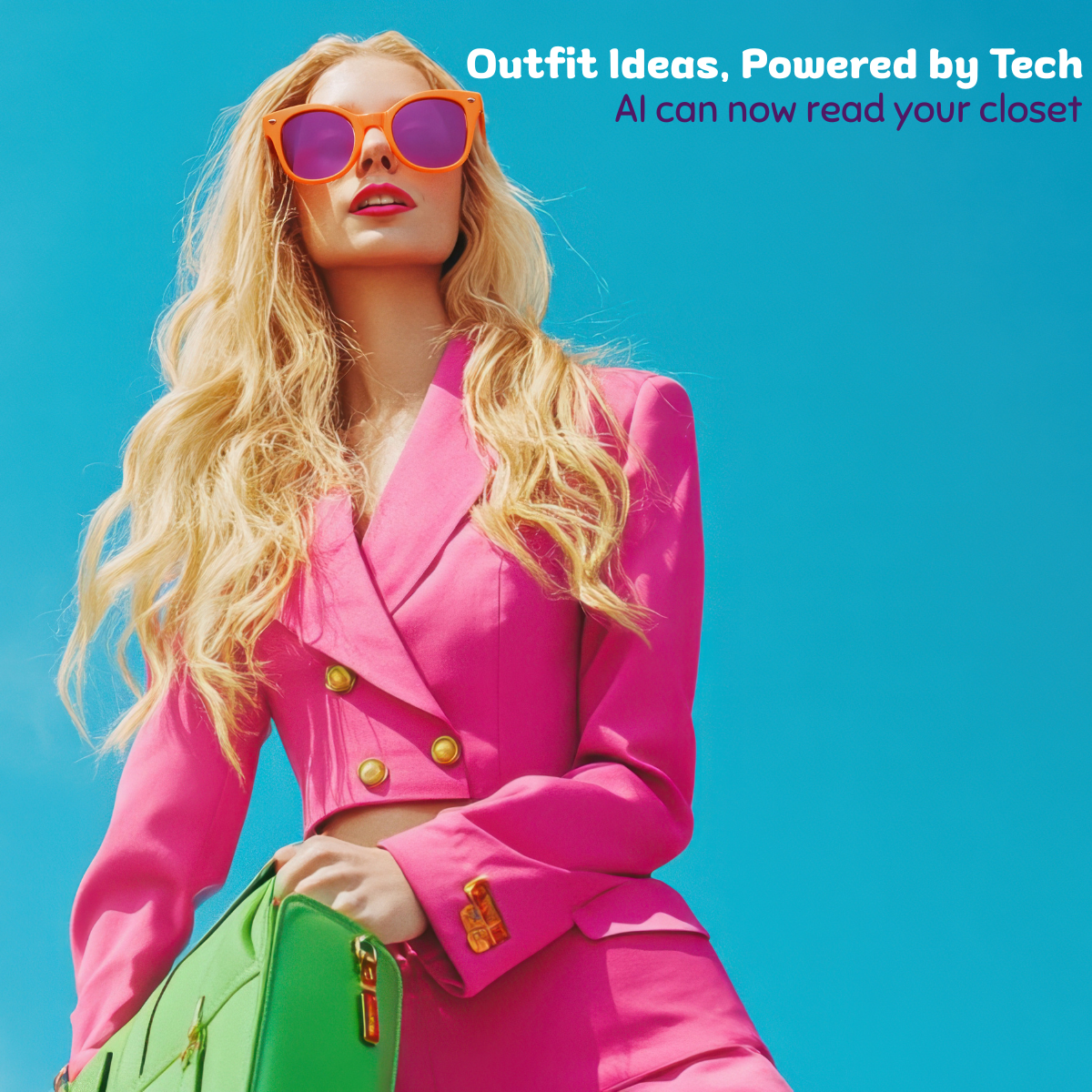Posted At: Aug 09, 2025 - 281 Views

Virtual Personal Stylists: How AI Recommends Clothing Based on Your Body Type, Mood, and Events
In the age of hyper-personalization, shopping has evolved beyond just scrolling through endless catalogs. Today, AI-powered virtual personal stylistsare revolutionizing how we discover, choose, and purchase fashion making the experience smarter, faster, and more personalized than ever before.
Whether you're preparing for a job interview, a romantic dinner, or just want to feel good in your own skin, AI can now help you choose what to wear based on your body type, mood, and occasion. Let’s dive into how it works and why it’s the future of fashion retail.
The Rise of AI in Fashion
For decades, personal stylists were a luxury reserved for celebrities or the ultra-wealthy. But AI is changing that. By analyzing data from millions of users and learning personal preferences, virtual stylists can now offer tailored clothing suggestionsat scale accessible to anyone with a smartphone.
What Is an AI Personal Stylist?
An AI personal stylist is a virtual assistant that leverages machine learning, computer vision, and user data to recommend clothing items that fit your style, flatter your body, and suit your needs. These systems can function through apps, websites, smart mirrors, or even integrated into retail chatbots.
How AI Understands Your Body Type
AI-driven style platforms use computer visionand 3D modelingto assess body measurements and proportions. Users may upload a full-body photo or input dimensions manually. Some advanced apps can scan your body in real time using your phone’s camera.
Once the AI understands your silhouette—whether you're hourglass, pear-shaped, rectangular, or otherwise—it can suggest clothing that:
- Accentuates strengths (e.g., dresses that highlight the waist)
- Balances proportions (e.g., flared pants for wider hips)
- Avoids unflattering cuts or fabrics
This level of personalization ensures better fit, higher comfort, and reduced returns—a win-win for both consumers and retailers.
Dressing for the Mood: Emotional AI Meets Fashion
Clothing isn’t just about utility—it’s also about expression and emotion. That’s where mood-based stylingcomes in.
Using emotion detection technologies (via facial recognition, voice tone analysis, or self-reported mood inputs), AI stylists can match your outfit to how you're feeling—or want to feel. For instance:
- Feeling low? Bright, energizing colors and cozy fabrics might be recommended.
- Nervous about a meeting? Structured, confident attire can boost your mindset.
- In a playful mood? Edgy or colorful combinations may appear in your suggestions.
The idea is to let clothing amplify or improve your emotional state, just like music or art.
Event-Based Outfit Recommendations
Not sure what to wear to a black-tie event? Confused about "smart casual"? AI personal stylists consider the context of your eventand the social normstied to it.
They analyze inputs such as:
- Occasion type: wedding, date, business meeting, vacation, etc.
- Location & weather: indoor/outdoor, climate, time of day
- Cultural expectations: region-specific norms, dress codes
By cross-referencing this with fashion trends and your wardrobe (if connected to a closet app), the AI can suggest:
- Complete outfit looks (top + bottom + accessories)
- Style tips to elevate basic pieces
- Clothing to avoid for specific occasions
Behind the Scenes: The Technology Stack
Here’s a breakdown of the technologies powering virtual personal stylists:
- Machine Learning: Learns user preferences over time based on feedback, purchases, and behavior.
- Computer Vision: Scans body shapes, outfit images, and clothing silhouettes.
- Natural Language Processing (NLP): Interprets user input and style descriptions.
- Recommendation Engines: Matches users with the most relevant clothing from vast catalogs.
- AR/VR Integration: Try-on features let users visualize outfits on a digital avatar or live mirror.
Benefits for Users and Brands
For Users:
- Saves time: No more decision fatigue or endless scrolling.
- More confidence: Wear what suits you, not just what's trendy.
- Lower returns: Better fit = fewer mistakes.
- Fashion discovery: Find new brands and styles you might not have tried otherwise.
For Brands & Retailers:
- Higher conversion rates: Personalized suggestions lead to more purchases.
- Customer loyalty: Enhanced shopping experiences build long-term relationships.
- Inventory optimization: Better demand forecasting through user insights.
- Reduced return costs: Accurate fits decrease logistics overhead.
Real-World Examples
- Amazon’s Echo Look(discontinued but influential): Used AI and camera to give style advice.
- Stitch Fix: Combines human stylists with AI to curate personalized boxes.
- Zalando: Uses AI for size recommendations and mood-based outfit matching.
- Vue.ai: AI retail platform that helps e-commerce brands automate styling and product tagging.
What’s Next?
As AI becomes more emotionally intelligent and data-rich, future virtual stylists may:
- Sync with your calendar to plan weekly outfits
- Suggest sustainable fashion options based on your values
- Predict future trends based on your unique evolution in style
- Integrate with smart closets to optimize what you already own
Fashion is deeply personal—and now, thanks to AI, it’s personalized at scale. Virtual personal stylists are not just tech gimmicks; they’re a powerful fusion of data, design, and empathy. They help us express ourselves more confidently and make smarter fashion choices, one outfit at a time.
The next time you’re stuck staring at your closet, wondering what to wear—just let the algorithm decide.
